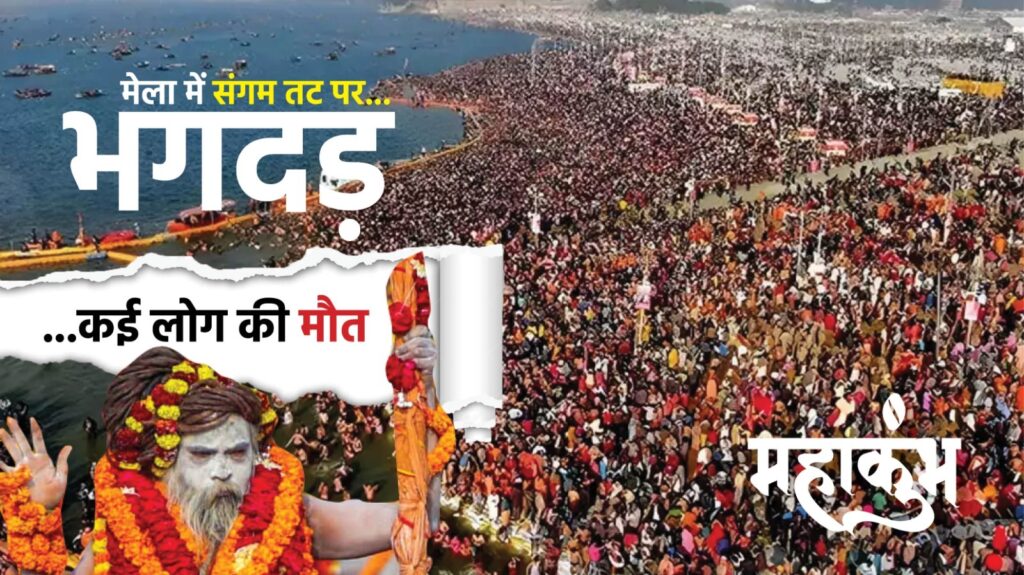
Union Minister Nitin Gadkari launched the Humsafar Policy in New Delhi on 7 October 2024, with the aim to enhance the travel experience on National Highways and Expressways. The launch took place in the presence of Union Minister of State for Road Transport and Highways Ajay Tamta, NHAI Chairman Santosh Kumar Yadav, and other senior officials. This policy seeks to establish world-class amenities along highways, offering greater convenience and safety for millions of travelers.
Key Features of the Humsafar Policy
The Humsafar Policy focuses on building essential infrastructure and services for commuters on National Highways and Expressways. It covers:
- Eateries: Providing clean and accessible dining options.
- Fuel Stations: Easy access to fuel and electric vehicle (EV) charging points.
- Trauma Centres: Quick medical assistance during emergencies.
- Standardized Facilities: Clean, well-maintained, and hygienic amenities across all service providers.
- Rajmarg Yatra App: Helping commuters find nearby services.
Differences Between Highways and Expressways
- National Highways: Controlled by the central government, linking important cities and ports. They focus on connectivity and have multiple entry and exit points.
- Expressways: Designed for high-speed travel with controlled access, fewer sharp turns, and are built for fast-moving vehicles. They are managed by central or state governments.
Vision for a Better Highway Experience
This Policy aims to create a convenient and safe travel environment on highways while also promoting economic opportunities for service providers. It includes:
- Standardized Services: Ensuring consistent service quality across all facilities.
- Job Creation: Encouraging the development of local economies by creating jobs and boosting the service industry along highways.
Economic Impact of the Humsafar Policy
The policy is expected to create jobs and new business opportunities along highway corridors, helping local communities thrive through increased traveler engagement.
Key Differences Between Highways and Expressways
| Feature | National Highways | Expressways |
| Ownership | Central government | Central or state governments |
| Purpose | Connectivity between cities and ports | High-speed travel with controlled access |
| Access Points | Multiple, frequent | Controlled, limited |
| Speed Emphasis | Moderate speeds | High-speed travel |
Humsafar Policy Summary
- Union Minister Nitin Gadkari launched the Humsafar Policy on 7 October 2024.
- The policy aims to improve traveler amenities on National Highways and Expressways.
- The Rajmarg Yatra app will help commuters locate nearby services.
- The policy promotes job creation and economic development.
- Differences between highways and expressways were highlighted.
Also Read Latest Current Affairs 2024
| Ratan Tata, Iconic Indian Business Leader, Passed Away at 86 | Nobel Prize 2024: Get The Award Winners List |
The Humsafar Policy is an initiative to provide standardized and hygienic amenities along India’s National Highways and Expressways.
Union Minister Nitin Gadkari launched the policy on 7 October 2024.
The policy will offer facilities such as eateries, fuel stations, trauma centers, and clean restrooms along highways.
National Highways focus on connectivity and have frequent entry points, while expressways are designed for high-speed travel with controlled access.
The policy is expected to generate jobs and boost local economies by supporting businesses along highways.
